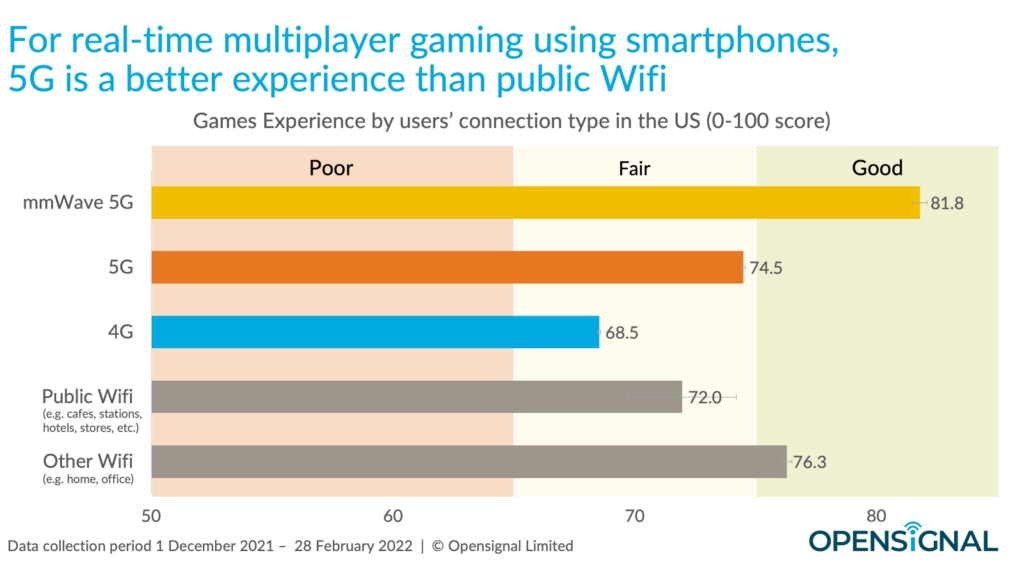To perform quantum computations, qubits must be cooled to temperatures in the millikelvin range (close to -273 Celsius) to minimize atomic motion and reduce noise. However, managing these quantum circuits with electronics generates heat, which is challenging to dissipate at such low temperatures.
Most current technologies require separating quantum circuits from their electronic components, leading to inefficiencies and noise that limit the scalability of quantum systems beyond the laboratory.
A team of researchers at EPFL‘s Laboratory of Nanoscale Electronics and Structures (LANES), led by Andras Kis in the School of Engineering, has successfully developed a device that operates at extremely low temperatures with an efficiency on par with current technologies at room temperature.
“We are the first to create a device that matches the conversion efficiency of current technologies but that operates at the low magnetic fields and ultra-low temperatures required for quantum systems. This work is truly a step ahead,” says LANES PhD student Gabriele Pasquale.

The innovative device combines the exceptional electrical conductivity of graphene with the semiconductor properties of indium selenide. By being only a few atoms thick and behaving as a two-dimensional object, this innovative combination of materials and structure delivers unparalleled performance.
The device uses the Nernst effect, a complicated thermoelectric phenomenon that produces an electrical voltage when a magnetic field is applied perpendicular to an object experiencing varying temperatures. The lab’s device’s two-dimensional quality enables the manipulation of this mechanism’s efficiency through electrical means.
The revolutionary 2D structure, developed at the EPFL Center for MicroNanoTechnology and the LANES lab, has made a breakthrough in quantum technology. By utilizing a laser as a heat source and a specialized dilution refrigerator reaching 100 millikelvin – even colder than outer space – this novel device overcomes the daunting challenge of converting heat to voltage at such low temperatures, thanks to its ingenious harnessing of the Nernst effect. This achievement fills a crucial gap in quantum technology.

“If you think of a laptop in a cold office, the laptop will still heat up as it operates, causing the temperature of the room to increase as well. In quantum computing systems, there is currently no mechanism to prevent this heat from disturbing the qubits. Our device could provide this necessary cooling,” Pasquale says.
With a background in physics, Pasquale highlights the significance of this research in uncovering the underexplored phenomenon of thermopower conversion at low temperatures. The high conversion efficiency and potential use of manufacturable electronic components make the LANES team confident that their device could be seamlessly integrated into existing low-temperature quantum circuits.
“These findings represent a major advancement in nanotechnology and hold promise for developing advanced cooling technologies essential for quantum computing at millikelvin temperatures,” Pasquale says. “We believe this achievement could revolutionize cooling systems for future technologies.”
Journal reference:
- Pasquale, G., Sun, Z., Migliato Marega, G. et al. Electrically tunable giant Nernst effect in two-dimensional van der Waals heterostructures. Nature Nanotechnology, 2024; DOI: 10.1038/s41565-024-01717-y



